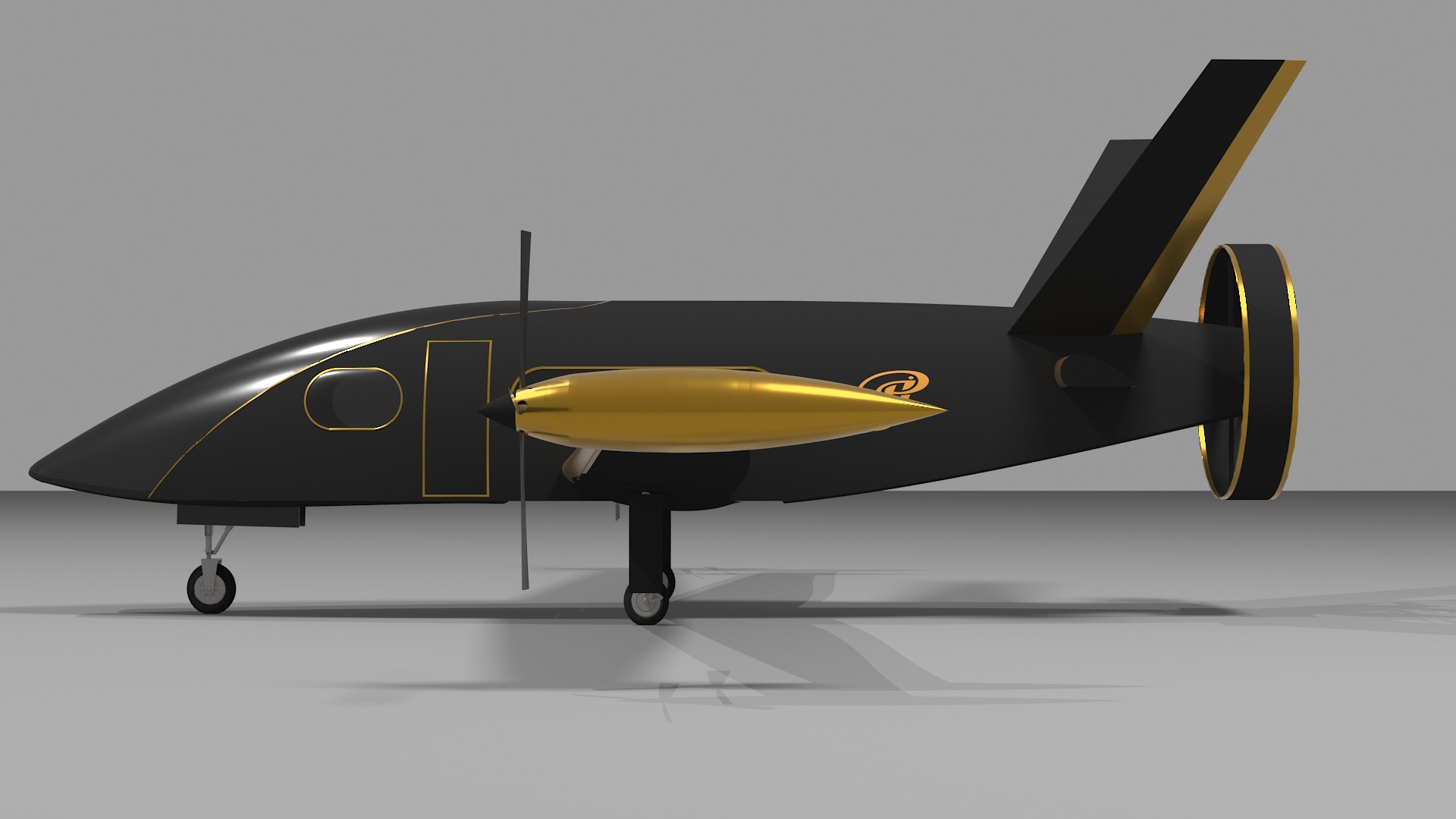The future of aviation is here

California-based Panhwar Jet, a young start-up company has emerged as one of the all-electric aircraft leaders. Aerospace Manufacturing reports.
It is no secret that all-electric aviation is the future. Not only will all-electric aircraft produce zero carbon emissions, they will also reduce operating costs by up to 90%, maintenance costs by up to 50%, and noise by nearly 70%. However, battery density has proven to be an obstacle for range and speed for all-electric aircraft.
Although big players in the aviation industry are pumping hundreds of millions of dollars into electric aviation research and development, it is still expected that all-electric aircraft are not coming anytime soon, and the needed battery technology may be decades away. Yet, there are a few companies which are expected to introduce very short range and slow speed all-electric aircraft.
A California-based start-up Panhwar Jet, says it has solved this challenge. The innovative start-up has designed a self-charging system which uses wind energy while the aircraft is in the air to generate 1.25 times more power compared to actual power consumption. This system eliminates all battery density challenges and the need for carrying heavy batteries. This technology provides high speed and expanded range without limitations. This innovative aircraft only needs to carry small battery packs for take-off and landing. Amazing as it seems, the Panhwar Jet’s self-charging system drives the electric motors through onboard generated electricity.
At first look, you may think that this self-charging system is defying the law of conservation of energy. But this self-charging system does not create energy. Instead, it transforms the existing energy into a different form via an efficient electromechanical system.
According to Panhwar Jet’s co-founder and lead engineer Nick Panhwar, the self-charging system has two sections. The first section changes kinetic energy into electrical energy, while the second reduces the drag produced by kinetic energy. The first section is not unlike a wind turbine. The second more complicated section reduces drag. Without getting into technical jargon, this is easily explained. The second system uses the existing energy in a multidimensional way where the loss of energy is captured and used again. While it is true that the system does not totally eliminate drag, it does not allow drag going up more than 1% to 2% depending on how much electricity is being generated and the surface area of the aircraft used.

To prove this technology, Panhwar Jet is building a small-scale prototype called ElectroBird, which will be powered by a 200kW electric motor while only carrying a 70kWh battery pack. This small battery pack will be used only for take-off and landing; the self-charging system will be used only when cruising. ElectroBird is expected to soar in the sky in September 2021.
ElectroBird is a single seater and will fly for over five hours at the speed of 300 nautical miles per hour (approximately equivalent to 345 miles per hour). The aircraft is expected to shatter three world records: long-range flight; high-speed; and zero-emissions. This revolutionary all-electric aircraft will set these new records by solely utilising Panhwar Jet’s revolutionary self-charging technology.
Panhwar Jet began its journey in October of 2019 when the founders were inspired to build an all-electric aircraft with maximum comfort and low operating costs. After the successful launch of the ElectroBird, Panhwar Jet will next focus on building an all-electric luxury business jet designed especially for business owners, executives, and private charter companies. Panhwar Jet’s patent pending self-charging technology will enable the business jet to fly up to 12 hours with an average airspeed of 330 nautical miles per hour (approximately equivalent to 380 miles per hour) without touching down. It will cost less than $200 in operating costs to fly from Los Angeles to New York when carrying up to eight passengers. The plane’s luxurious cabin will have video conferencing, virtual reality (VR) fitness, and numerous onboard entertainment choices.













